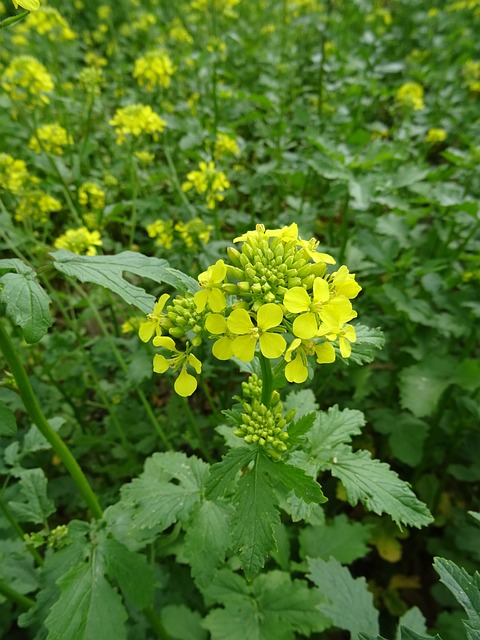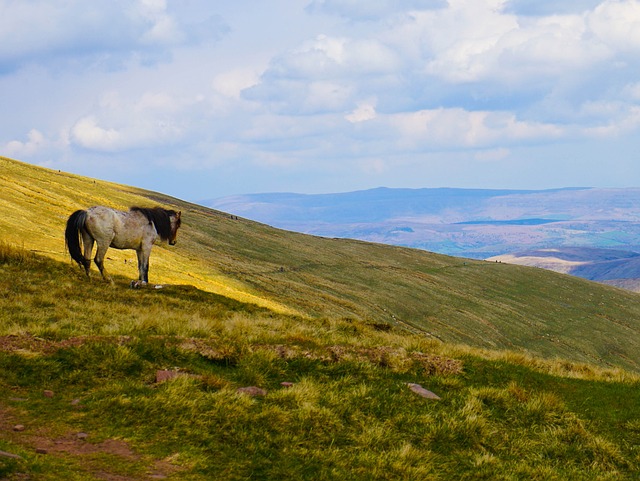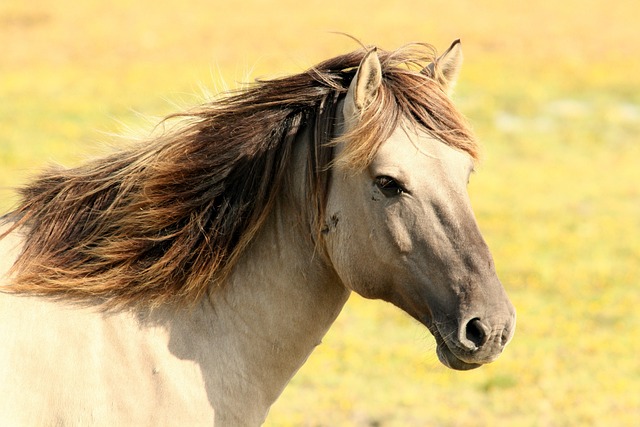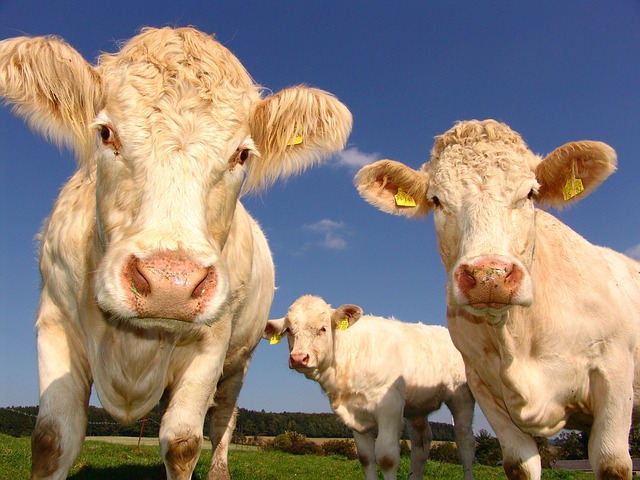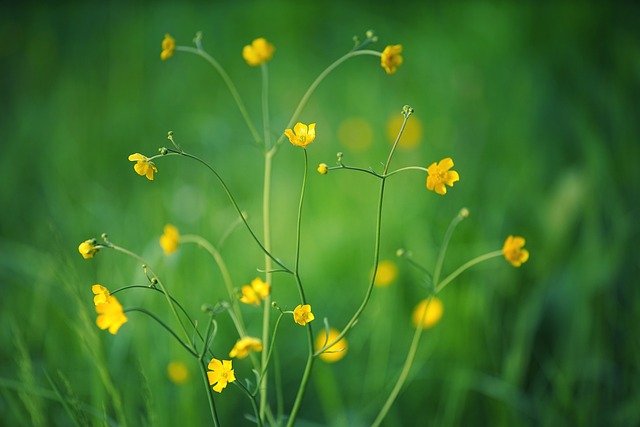
Buttercups
February 1, 2023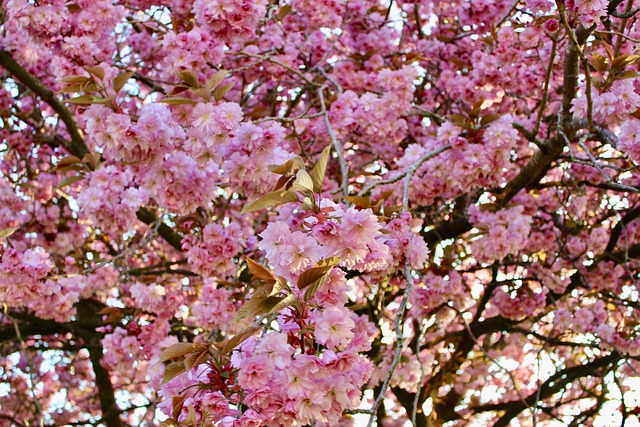
Cherry trees
February 1, 2023Charlock is a common weed in the UK and is often found growing in fields, pastures, and along roadsides. Although it is widely regarded as a nuisance plant, it can also be harmful to horses if ingested. In this blog, we will explore the characteristics of charlock and the toxic effects it can have on horses.
Charlock is a species of mustard plant scientifically known as Sinapis arvensis. It is an annual plant that can reach up to 1.5 meters in height, and it has bright yellow flowers that bloom from May to October. The leaves of charlock are usually green and lobed, and they have a slightly bitter taste.
Charlock is toxic to horses because it contains glucosinolates, which are compounds that can cause irritation and damage to the digestive system of horses. Ingesting even small amounts of charlock can cause symptoms such as colic, diarrhea, and abdominal pain. In severe cases, the toxic effects of charlock can lead to death.
To prevent horses from ingesting charlock, it is important to keep pastures free of this plant. This can be achieved by removing charlock by hand or using herbicides. It is also important to keep horses away from charlock when they are out to pasture. This can be achieved by fencing off areas of land that are known to contain high populations of the plant.
In conclusion, while charlock may be a common weed in the UK, it can be dangerous to horses if ingested. Horse owners and caretakers should take steps to prevent horses from coming into contact with charlock and should seek veterinary care if they suspect their horse has ingested the plant. By being aware of the dangers of charlock, we can help protect our horses from the toxic effects of this plant.

